Diving into diversity: faculty of color in independent schools
Photo credit: Aislinn Dalston
Sophomores Sydney Velasquez, Siena Mills and Isabel Kuh speak on a panel during this year’s Diversity Conference to discuss their personal experiences with diversity inside and outside of school. This year’s conference focused specifically on diversity at Archer by holding student-run panels and lectures.
In the interest of full disclosure, this writer previously published an op-ed on diversity at Archer.
During the 2016 Oscar awards season, there was a loud and public outcry when, for the second year in a row, only white actors were nominated for the Academy’s major awards although there were many viable black candidates. That attention help to bring about both incremental and rapid change in the 2017 awards — with underdog film, “Moonlight,” winning Best Picture.
Similar to the film industry, the lack of racial diversity in the faculty and student body at independent schools has become a pressing issue. Private schools across the country are concerned about campus diversity and working to address it in a multitude of ways.
In February, Harvard-Westlake’s school newspaper, the Chronicle, released a diversity climate assessment that surveyed the diversity on campus. The Chronicle pooled 349 students, and their survey revealed 62 percent of students think Harvard-Westlake is a diverse community, but 68 percent of students said the school could promote more diversity to make students feel included.
The Meadows School in Las Vegas, Nevada, did not provide their diversity statistics on their website and did not respond to a phone request for comment. However, Peri Pascal, a sophomore at the school, said that there is a clear lack of diversity at her school.
Pascal may be unaware of administrative concerns about diversity at their school, but she believes “[her] school never discusses diversity, in regards to both faculty or students.” As a result, “it is a topic that is neglected to be acknowledged, when it really should be,” she said.
Although Archer has been working to increase its campus diversity, its numbers still do not reflect the diversity makeup of Los Angeles. The school has increased its students of color to 41 percent, but it reported only 16 percent faculty and staff of color in 2016-2017. The school is committed to increasing that number, according to Upper School Director Samantha Coyne-Donnel.
One way Archer is addressing concerns about diversity is by hiring a dean of Diversity and Inclusion, a new position that will begin in the 2017-2018 school year. Archer also is working to further integrate diversity into the curriculum and is actively recruiting faculty of color.
According to Archer’s recently published diversity plan, the goal of hiring a Dean of Diversity and Inclusion is to provide strategic leadership and vision in areas surrounding diversity, equity and inclusion
“What we have realized, specifically this past year, is that we needed to be more strategic and thoughtful about reaching out to more diverse communities and diverse teacher recruitment pools in order to increase the diversity at Archer,” Coyne-Donnel said
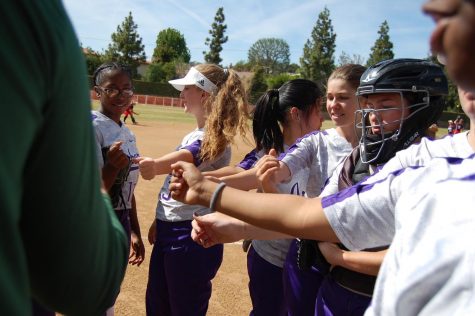
The varsity softball team huddles before a game. The team includes a diverse group of students and is a microcosm of Archer’s diversity.
But the problem may not be that Archer isn’t reaching out; it may be that people of color are reluctant to join a primarily white faculty.
According to the Aisne Guide to Hiring and Retaining Teachers of Color, “In some ways, schools should be less surprised by the difficulty of finding teachers of color than they should be by the fact that any teacher of color would choose to teach in a predominantly white institution. Even with all the benefits of teaching in an independent school, it takes a pretty big leap of faith.”
The lack of racial diversity among teachers has historic roots in both public and private schools.
Following the Supreme Court case Brown v. Board of Education in 1954, schools began to integrate African American and white students. According to the Atlantic, when schools began to integrate in white neighborhoods, many African-American teachers lost their jobs.
According to the Department of Education, a large majority of education majors and students enrolled in teacher preparation programs are white. Historically, the lack of diverse teachers in the school system causes individuals of color to pursue other job alternatives to teaching. This history combined with the reluctance to join primarily white faculties described above means the schools that need diversity most have the hardest time achieving it.
Amelia Mathis, fitness teacher and faculty adviser to the Black Student Union, described the difficulty independent school administrations face when recruiting faculty of color.
“When I was talking to several black teachers they said, ‘Don’t you feel guilty not helping your own community?’” Mathis wrote in an email interview. “’You are in a very privileged area, with a lot of successful families, don’t you want to give back to the community that isn’t as successful?’”
Mathis also said she personally faces challenges as a faculty member of color.
“I feel that I am constantly being watched. I stand out every day because I am one of three African American faculty/staff on campus,” Mathis wrote. “I feel that I have to be aware of the way that I teach because I do want to be liked, but I do not want to be seen as a stereotype — which sometimes makes me feel judged.”
However, Mathis commended Archer’s continued efforts to increase diversity.
“I know that it is super important to Archer and the school recognizes that this is an area of growth,” she wrote, “which is why we are actively looking to hire a Dean of Diversity and Inclusion.”
Math teacher Jason Ahmadi said diversity extends beyond race.
“Diversity goes deeper than just race,” Ahmadi said. “There is also diversity based off of gender. There is also diversity based off of sexuality. There is also diversity based off of age, an important one — are most of the teachers younger, are most of the teachers older, is there a balance there? There is also — a huge one — class. You know, what kind of economic backgrounds are people coming from?”
Mathis agrees and believes Archer is doing well in many areas of diversity. “I think that there is diversity in terms of teaching styles, gender and sexuality,” she wrote. “But when it comes to racial diversity I feel that there is not enough representation.”
A report released by the National Education Association said, “a teaching force that represents the nation’s racial, ethnic, and linguistic cultures and effectively incorporates this background and knowledge to enhance students’ academic achievement is advantageous to the academic performance of students of all backgrounds, and for students of color specifically.”
Many schools are facing this challenge and are trying to take steps to address it by diversifying their student body, actively recruiting faculty of color and making cultural competency a part of the curriculum.
“If the faculty models diversity and inclusivity I think the students will also follow,” Sammy Raucher ’19 said. “I think it would be beneficial for the entire community.”

Ella Frey joined the Oracle writing staff in 2016 and was promoted to sports editor junior year. She currently serves as the news and features editor....


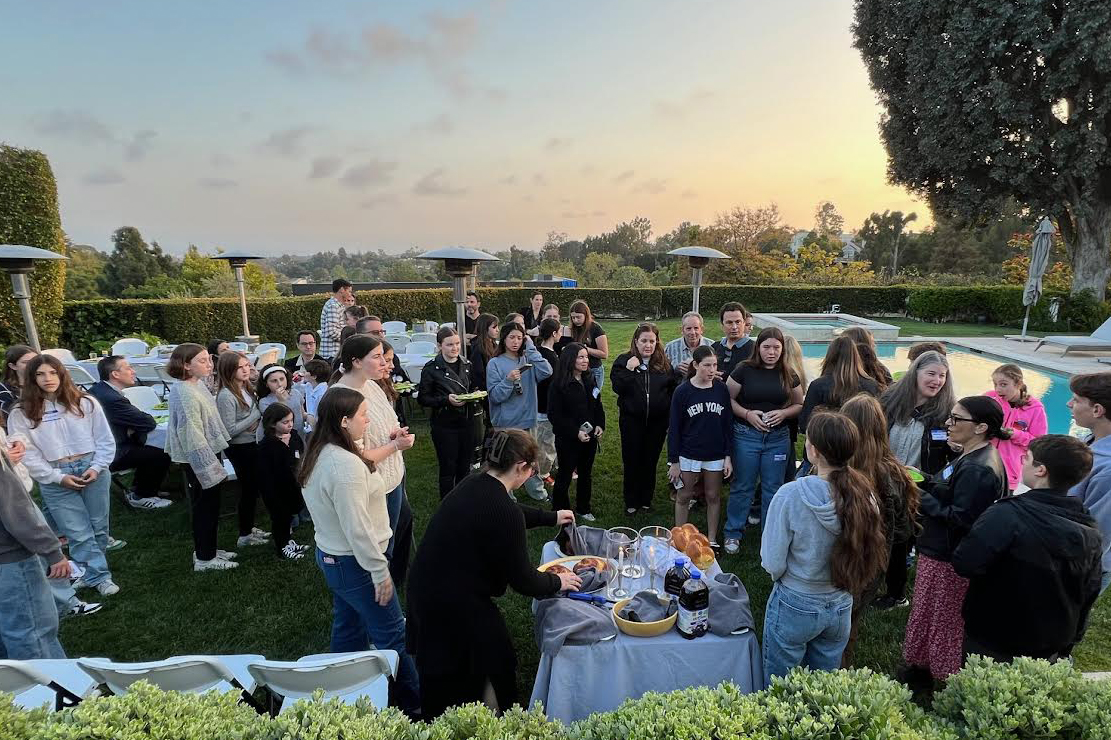








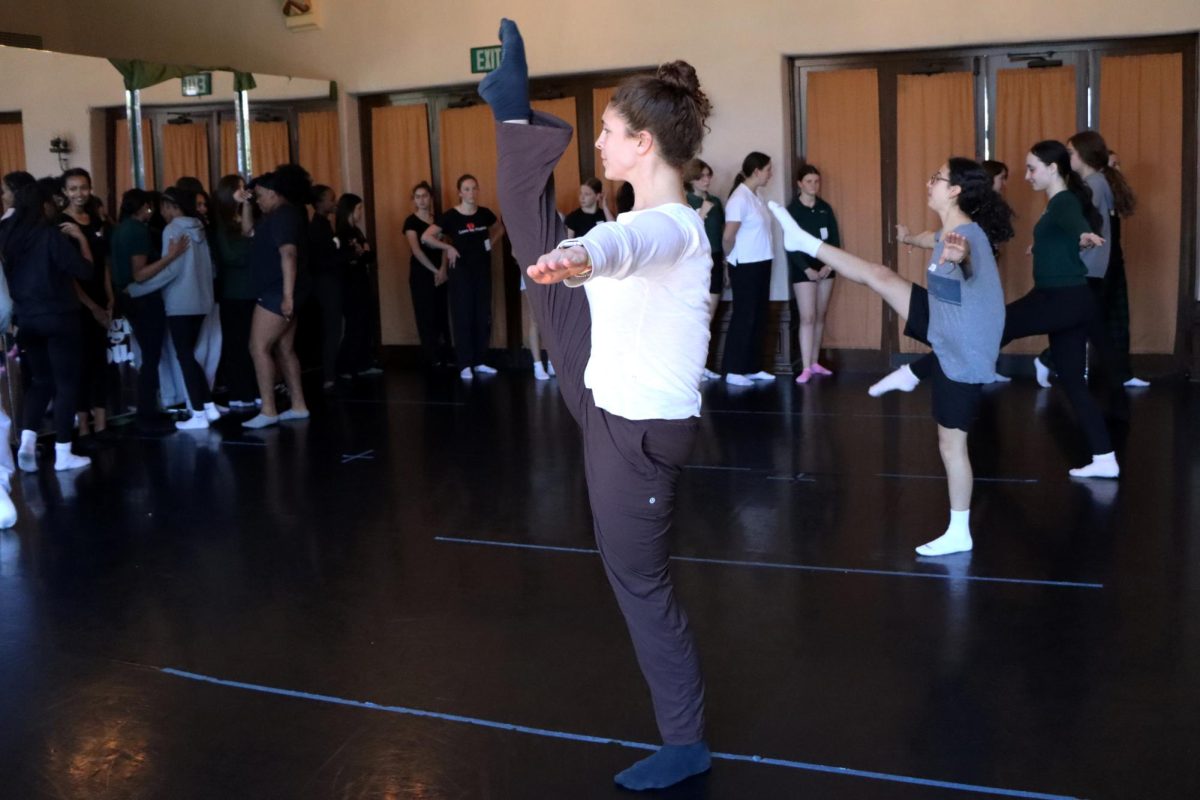















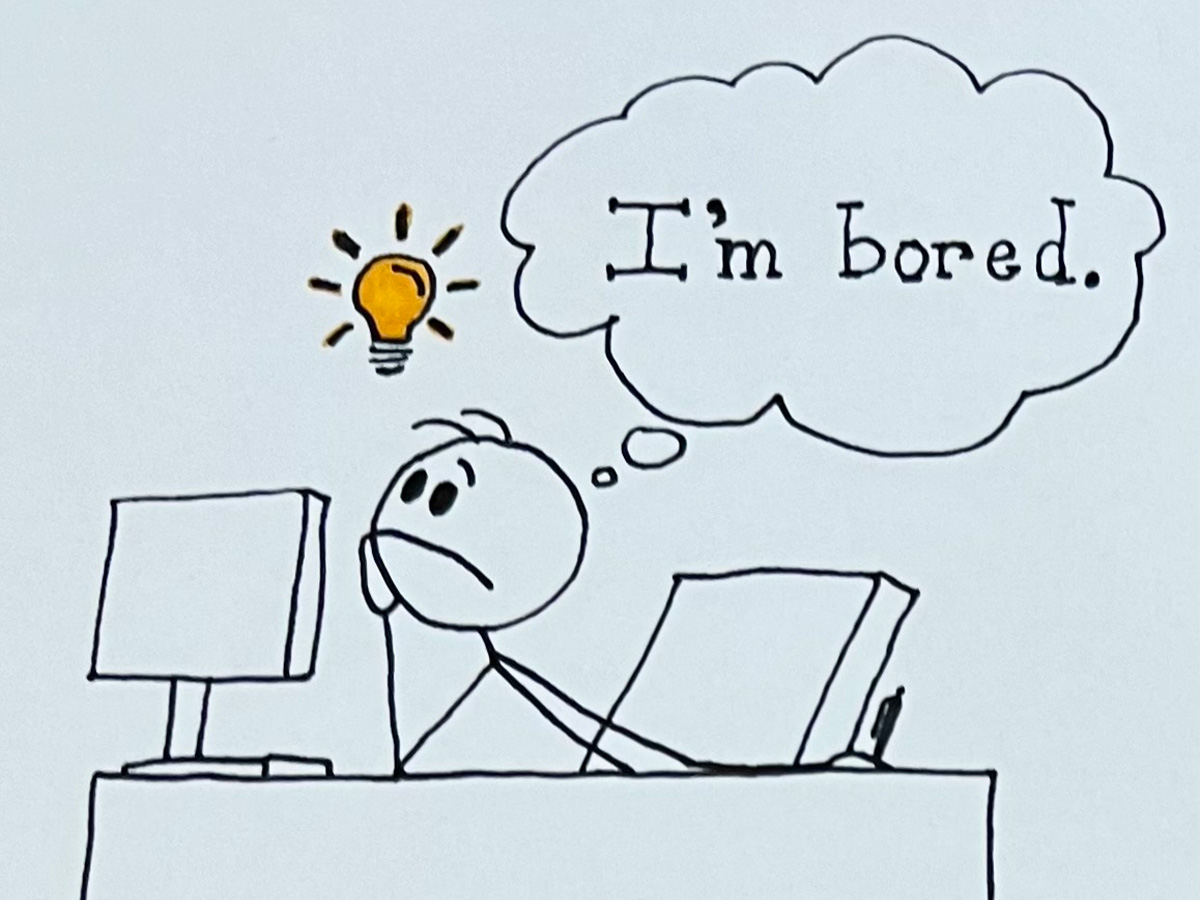


























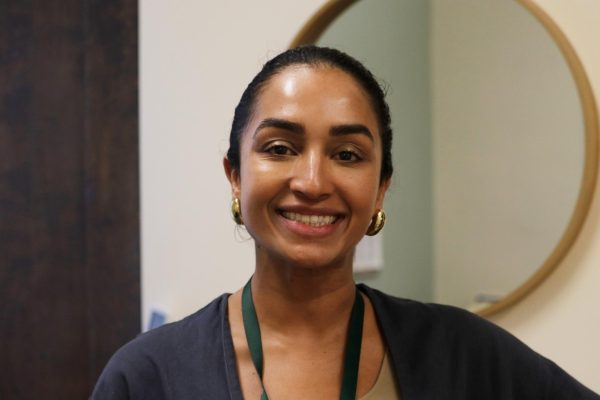











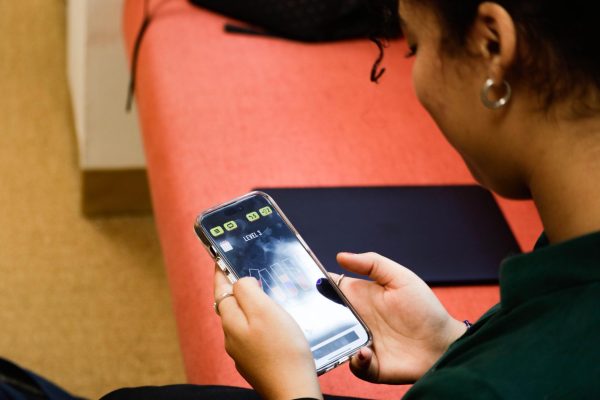
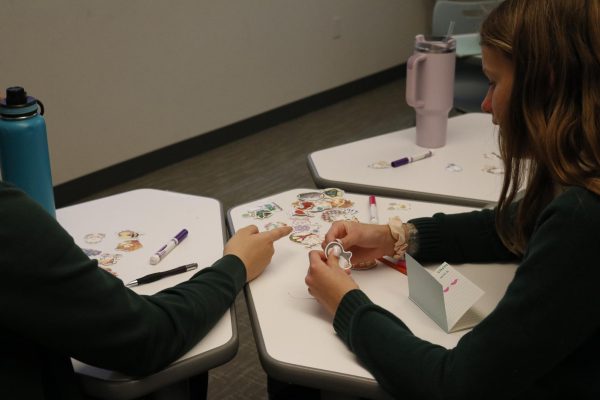

Christina Moore • Sep 8, 2017 at 7:52 pm
It was really great to see all the colorful faces of the new faculty at the 2017 All Patent Meeting! Thank you for this article. I’m so proud to be an Archer parent during this wonderful time of inclusiveness and progress!
Jolina Clement • May 26, 2017 at 10:08 am
I love reading your work, Ella. This piece is really thoughtful and thought provoking.
Anna Brodsky • May 25, 2017 at 4:37 pm
Thank you for this incredible piece, Ella! It was thoroughly researched and well written, and it sheds light on such an important issue in our community. Well done!
Alexandra Chang • May 25, 2017 at 12:14 am
Ella, this is such a great article. Thank you for shedding light on such an important issue.
Beth Gold • May 24, 2017 at 11:37 pm
Thanks for highlighting this important issue Ella. Your hard work has clearly paid off, in this well written and revealing article. I like that you gave some historical and practical context to the issue of the difficulty of attracting faculty of color. I attended a luncheon today with diversity practitioners from local independent schools and I sang the praises of our school newspaper in helping to generate meaningful opportunities for the community to engage in dialogue about race. I sent them all a copy of this article!